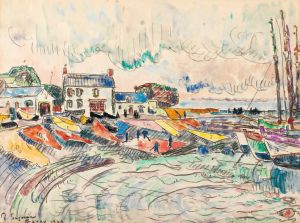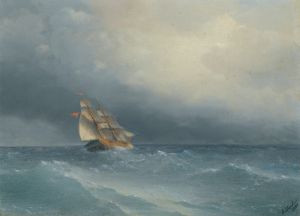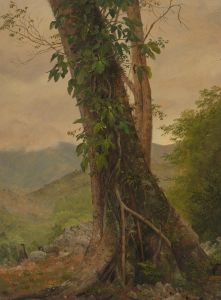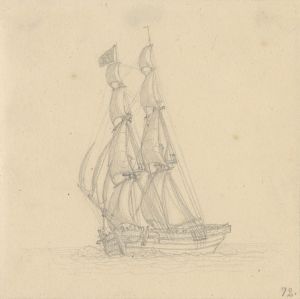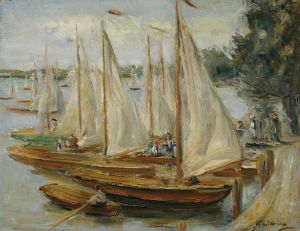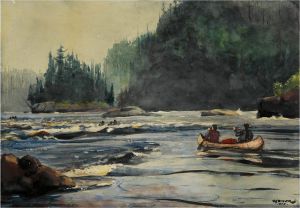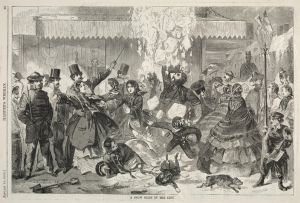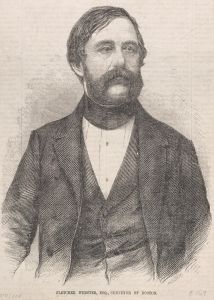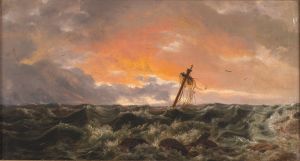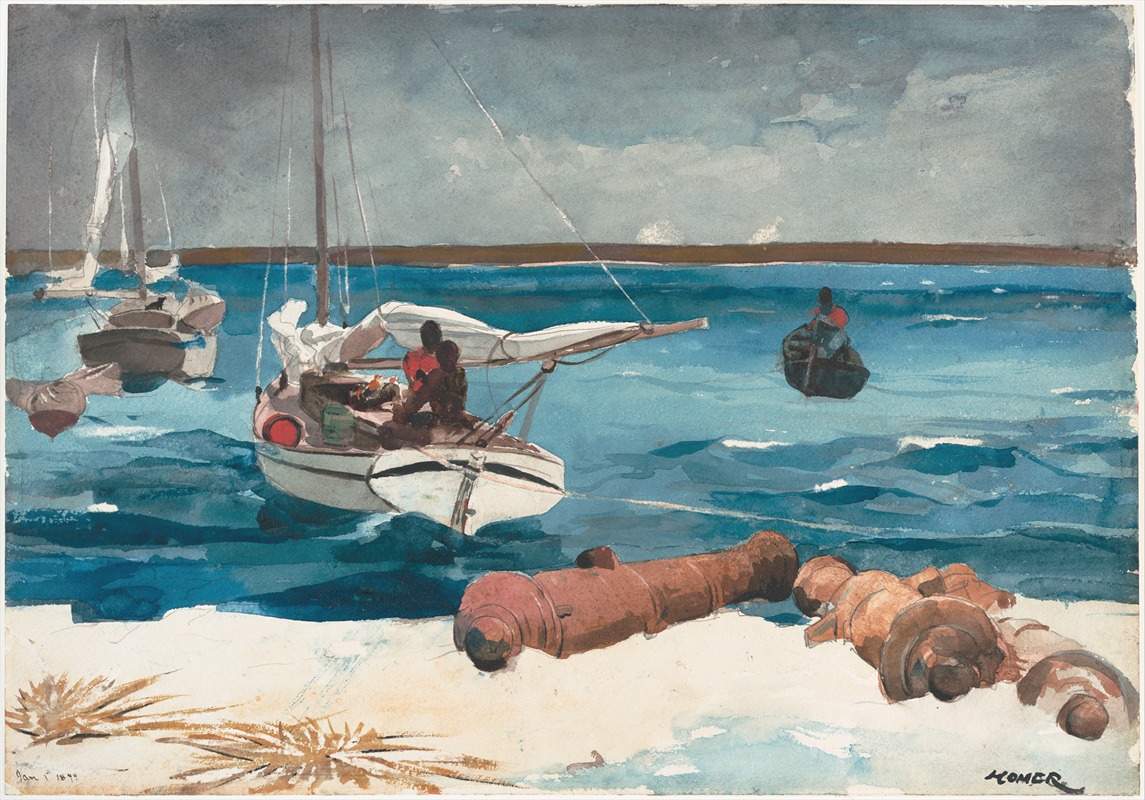
Nassau
A hand-painted replica of Winslow Homer’s masterpiece Nassau, meticulously crafted by professional artists to capture the true essence of the original. Each piece is created with museum-quality canvas and rare mineral pigments, carefully painted by experienced artists with delicate brushstrokes and rich, layered colors to perfectly recreate the texture of the original artwork. Unlike machine-printed reproductions, this hand-painted version brings the painting to life, infused with the artist’s emotions and skill in every stroke. Whether for personal collection or home decoration, it instantly elevates the artistic atmosphere of any space.
Winslow Homer, an influential American artist known for his marine subjects, created the painting "Nassau" during his travels in the Bahamas. This artwork is part of Homer's exploration of tropical themes and his fascination with the interplay of light and color in different environments. Although specific details about the painting "Nassau" are limited, it is reflective of Homer's broader body of work during his time in the Caribbean.
Winslow Homer was born on February 24, 1836, in Boston, Massachusetts. He began his career as a commercial illustrator before transitioning to painting. Homer's early works were often focused on the American Civil War, capturing the human experience and the impact of the war on society. However, as his career progressed, he became increasingly interested in seascapes and the natural world.
In the late 19th century, Homer traveled to various locations to find inspiration for his art. His journey to the Bahamas in 1884-1885 marked a significant period in his artistic development. The tropical environment of the Bahamas offered Homer a new palette of colors and a different quality of light, which he sought to capture in his paintings. The vibrant blues of the ocean, the lush greenery, and the bright sunlight of the Caribbean were a departure from the more subdued tones of his earlier works.
"Nassau" is believed to be one of the paintings resulting from Homer's time in the Bahamas. While specific details about the painting's composition and current location are not widely documented, it is likely that the work features the characteristic elements of Homer's Bahamian paintings. These elements often include depictions of local life, the sea, and the unique atmospheric conditions of the region.
Homer's Bahamian paintings are noted for their bold use of color and dynamic compositions. He often portrayed the local inhabitants engaged in daily activities, such as fishing or boating, set against the backdrop of the expansive sea and sky. This focus on the interaction between humans and nature is a recurring theme in Homer's work and is evident in his Caribbean paintings.
The influence of Homer's Bahamian period can be seen in his later works, where he continued to explore themes of nature and humanity's relationship with the environment. His ability to convey the power and beauty of the natural world has cemented his reputation as one of America's foremost painters.
While "Nassau" itself may not be as widely recognized as some of Homer's other masterpieces, it is an important part of his exploration of tropical themes and his continued evolution as an artist. The painting exemplifies Homer's skill in capturing the essence of a place and its people, contributing to his legacy as a master of American art.






